Back in the day, people use to say that by the 2000s we would have flying cars. This was before flat-screen television sets and a Porsche sport-utility vehicle. Dubbed the Cayenne, that was probably just as believable in the old days as a car that spoke to the George Jetson generation.
After remarkable success and putting a knife through purist's hearts, Porsche had to know it was onto something. What would be next? Although some speculation said cars like a baby Boxster would appear, Porsche put out a car that it is hard to wrap your head around, the Panamera. In theory it is not that hard to come to grips with, I mean, this is the same manufacturer that had put out an SUV to great acclaim. What a lot of consumers seem to find trouble swallowing is the look.
Take, for example, a friend who is looking for a new ride. He is stuck on Maserati's Quattroporte. Nevermind the questionable build quality and electronics, he will not give the Panamera -- even with the Agent's recommendation -- the time of day.
But once you get over your subjective design issues, my, oh my. What a specimen we have here.
2011 Porsche Panamera Photo Gallery


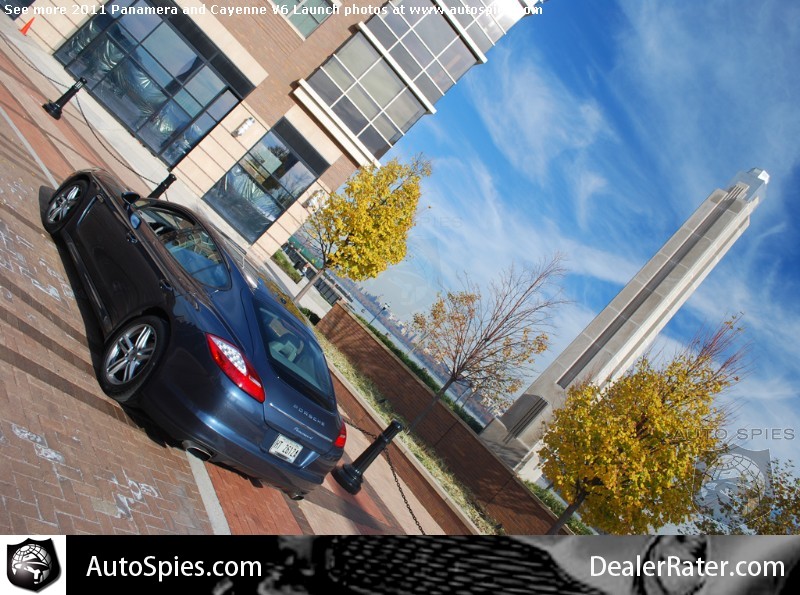
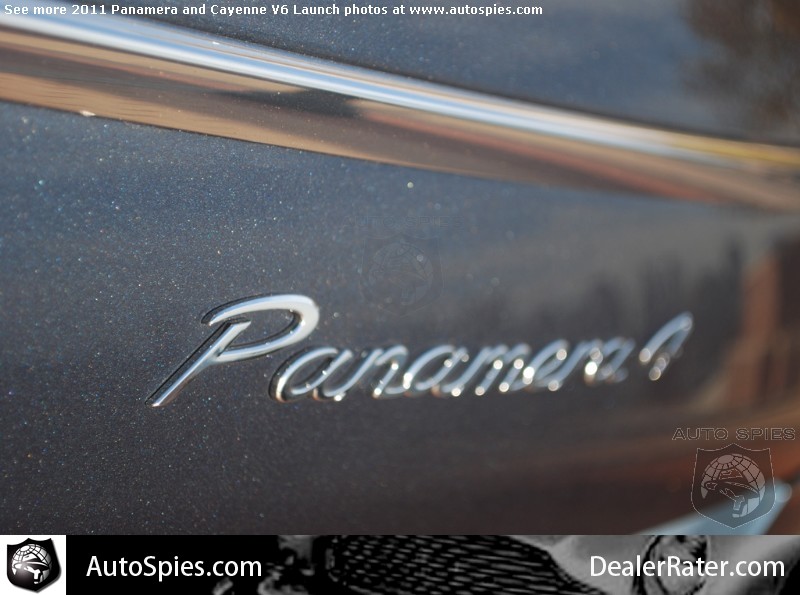
As I received my Panamera 4 test vehicle, I took it all in since I last drove the "Panny" in 2009 at Road America. At that product launch, the attention was all focused on the Panamera 4S and Panamera Turbo. And although being a writer in the automotive industry usually means an addiction to power, and generally being a slob, I was WAY more intrigued about the base Panamera. Clearly, I was not fitting the industry's "mold."
Here's why I am curious about the six-cylinder Panamera. Although some folks will argue that the car ONLY has 300 horsepower, it is soon forgotten how that is more than enough to get any driver where they have to be. Take, for example, Mercedes-Benz's S400 hybrid, which has just under 300 horsepower with both motors. Just about every journalist harpooned the car for not being quick enough, yet it achieved about 47 percent better fuel economy than an S550 when we put it through testing. It also had more than enough power for the average driver.
But in today's day and age of pissing contests and horsepower wars though, enthusiasts dismiss anything without a heavy V8, we think they've got it all wrong.
[Clears throat] The six-cylinder Panamera 4 is relatively lightweight at 4,012 pounds -- 3,880 without all-wheel drive. When you consider it is suppose to rival the Audi A8, BMW 740i and Mercedes-Benz S550, which weigh 4,409, 4,344, and 4,455 pounds, that's a big difference!
Hell, even if you were to compare the Panamera 4 to the BMW 535i xDrive, the Porsche still weighs over 220 pounds less.
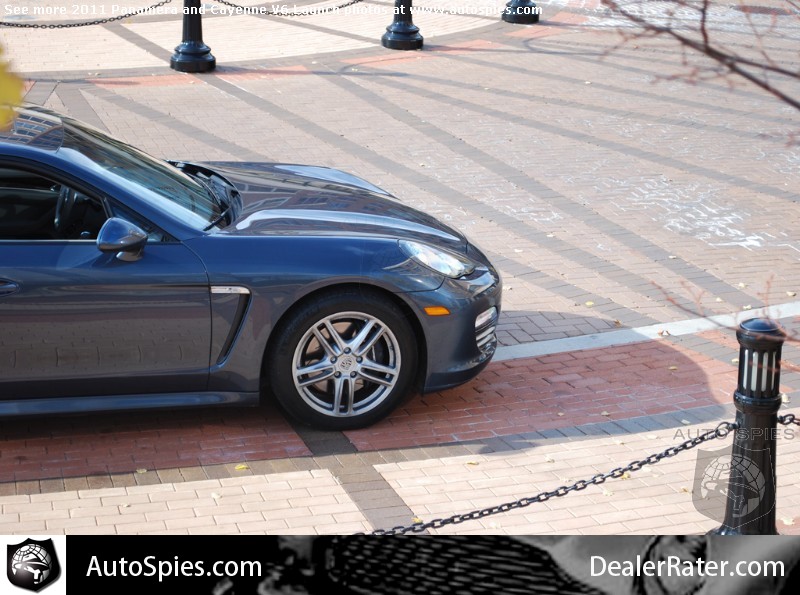
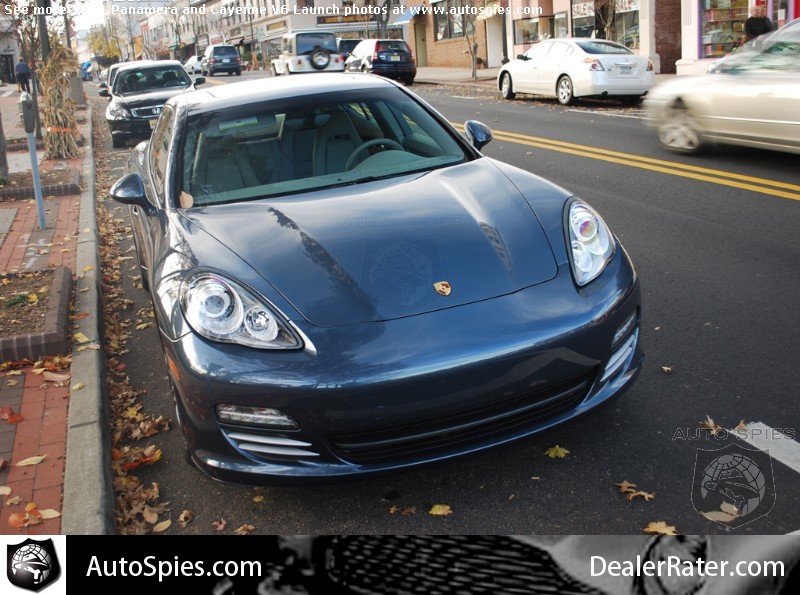

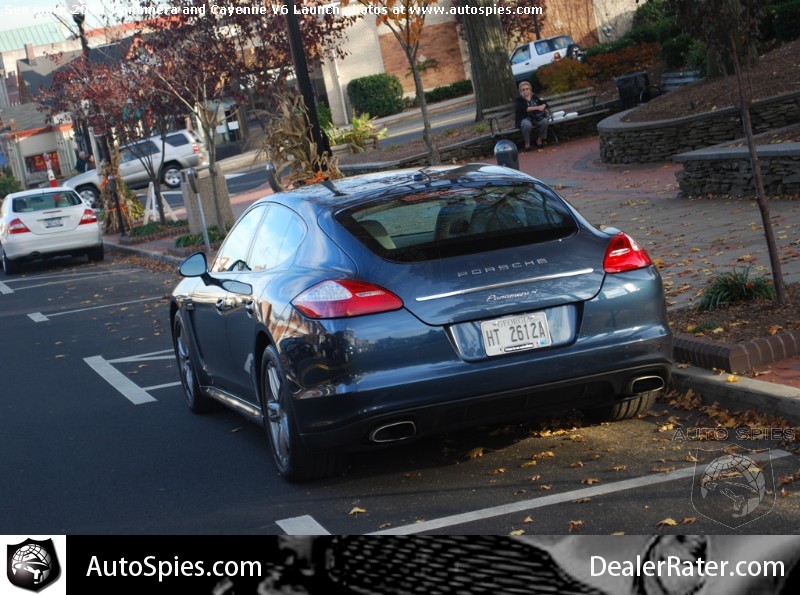
Then you get inside and this is where the Panamera will strike you. Its interior is built with the driver in mind. The raised center console places switchgear and the shifter right where one's hand would fall. Some may find it a bit too button-centric at first but once you get the hang of it, the locations become second nature.
One niggle I found were the size of the buttons on the center stack. Now I don't have sausage fingers or anything but it did make things a little annoying. Another were the standard, eight-way power front seats. Although they remained comfortable and supportive a majority of the time, in a $70,000 + vehicle, I would expect some lumbar support as well. This means you have to cough up $1,705 for the partial leather 14-way power seats or $3,210 for the adaptive sport seats. It may not look like it's part of Porsche's family tree but it is definitely priced like it is.
Making up for these sour points though was the build quality of the interior and the nice attention to detail. Unlike other cars in this segment that have a stale look to their interiors, the Panamera's has a contemporary ambience that reminds me of a Nokia 8600 Luna, an old telephone I had.
Like the Nokia, the Porsche's interior has a simple look to it but it is sexed up with little details to make it stand out. Take, for example, the chrome bits that separate buttons or how about the display in the instrument cluster that provides vehicle information. All it takes is a couple of clicks and it can show the navigation map. It's a nice touch that lets drivers keep their eye on the cluster and the road.
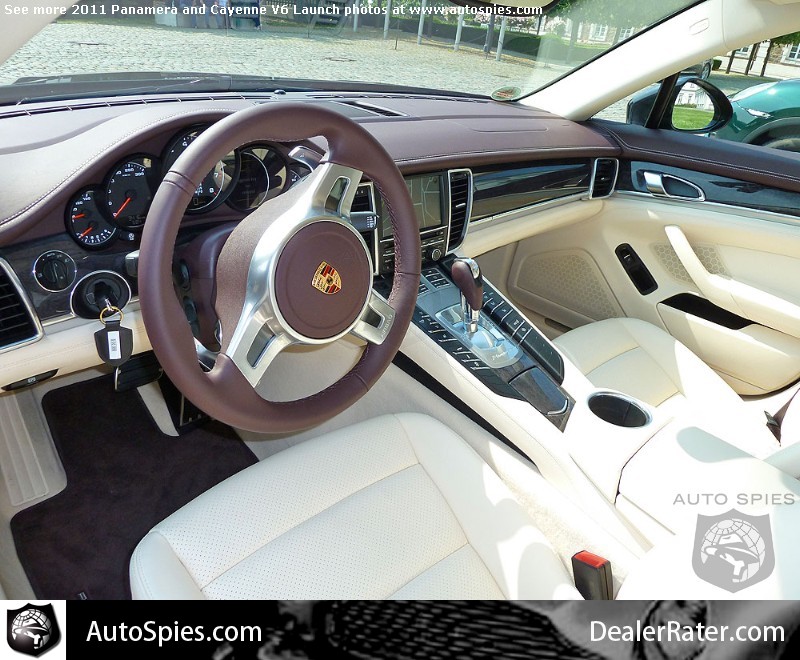

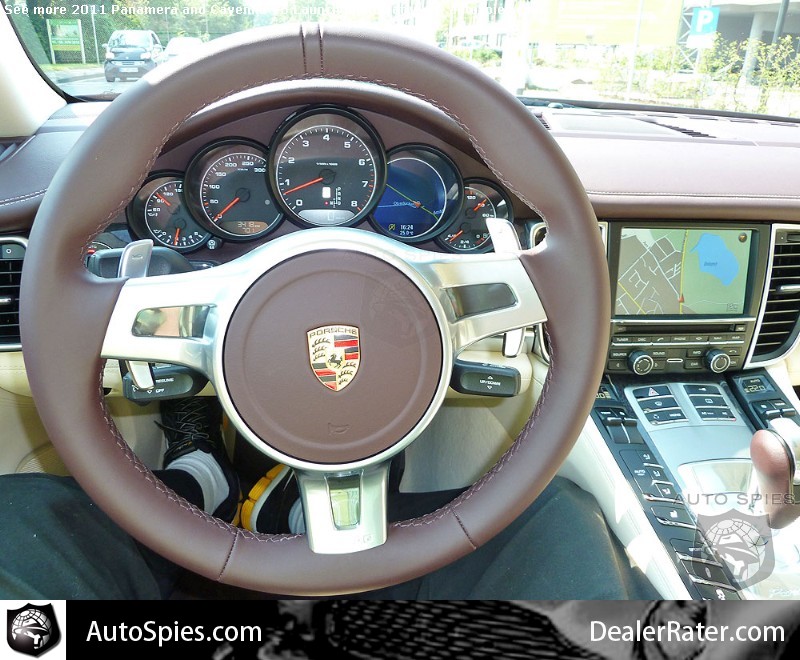

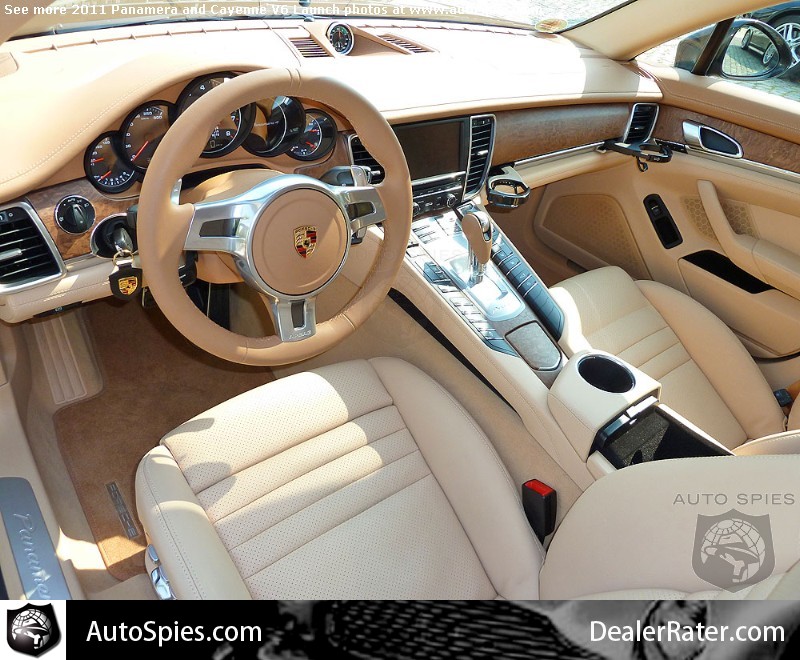

Remember though, this is a Porsche we're talking about. Likely you want to hear about how this vehicle drives.
Equipped with a 3.6-liter V6 powerplant, the base Panamera produces 300 horsepower and 295 pound-feet torque. Though some may scoff at these figures, this engine is highly capable as it sprints to 60 in a claimed 5.8 seconds -- 5.6 if you option it with the Sports Chrono Package Plus. I reassure you that even though it may not blow your doors off from a launch, it is when this car is above 60 that it will impress you and that's mainly due to the class-leading, dual-clutch transmission.
Coupled with a seven-speed PDK transmission, the Panamera snaps shifts at the blink of an eye. If you're at speed and need to make a maneuver, it just takes a couple of taps and BANG, the transmission's down two gears without any fuss and you're off.
Being that it's a Porsche, I figured that I would want to maintain control and keep the vehicle in the manual mode, but I soon realized that was not the case. On the highway using the PDK in "M" was fine but when you're in stop and go traffic, the car tends to jerk and feels very high strung. Once you slap the shifter to the right and back into "D" the Panamera relaxes and feels as though it just had a full body massage.
Even when I had the 4S and Turbo on the track at Road America, it was quickly realized that if you want to get the most out of the car, the best way to drive it is by letting the car do all of the work. Although having control is nice, the reality is that humans just aren't as good as a computer when it comes to determining the right time to shift, hit your braking point and accelerate out of a turn.
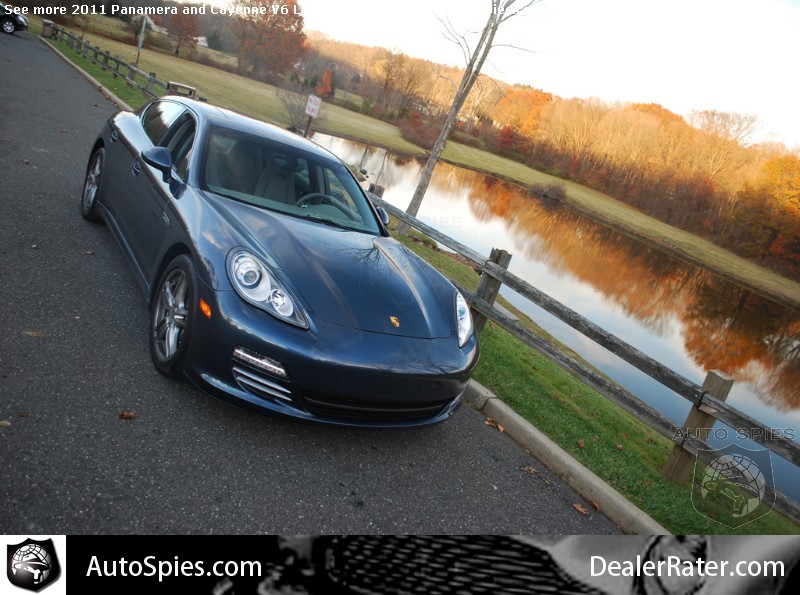
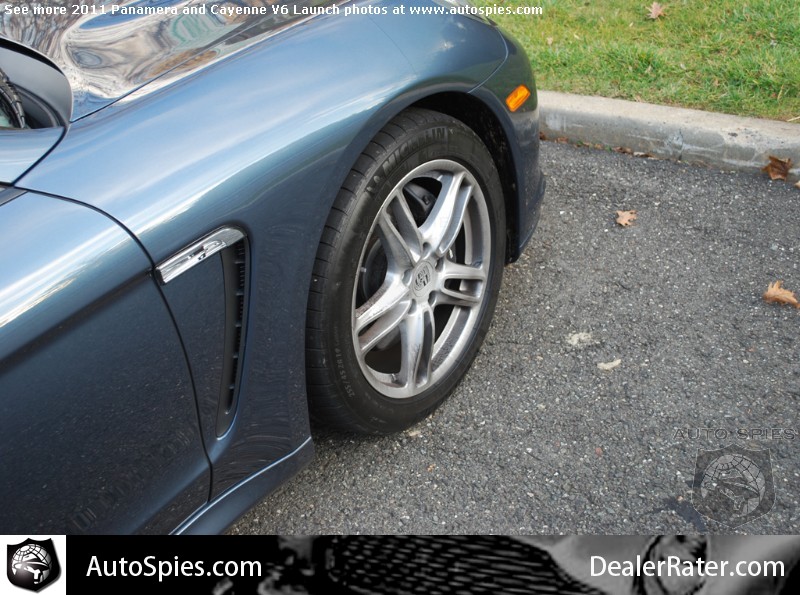
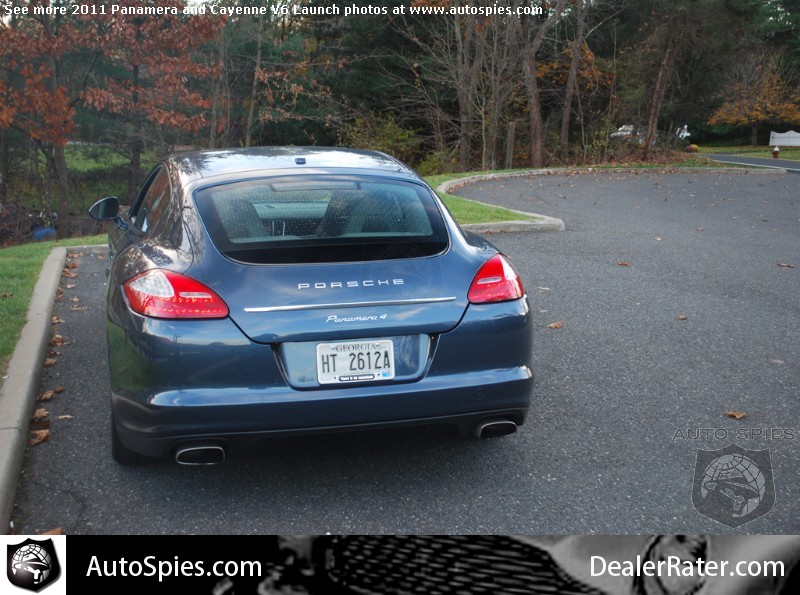
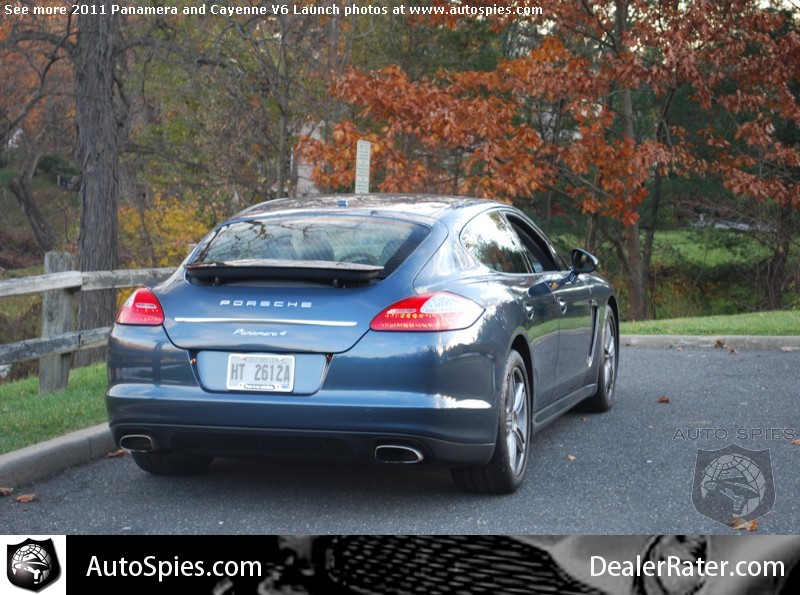
Back to the real world. Another nice little feature is the stop-start technology. When I was in major metropolitan areas it stabilized what could have been a downward spiral of MPGs. When all was said and done I was able to get 23 MPG, which is one MPG better than Mercedes-Benz's S400 Hybrid.
Something tells me though it will be tough to keep that nice MPG figure though. That's because once you put the Panamera into a corner you'll probably turn into a giggling schoolgirl and put your foot through the floorboards. Simply put, it doesn't handle like your run-of-the-mill sedan. This is where the car's lower weight and balanced setup begins to show itself. Where you may have some fun in an A8, 7-Series or S-Class, those guys are not nearly as controlled and planted when putting them through their paces.
Which raises the question, "Who is the base Panamera really competing against?" Posche was smart to have its price straddle the high-end, fullsize sedans and also some of Germany's finest midsize sport sedans. But even if you were to take a BMW 550i M Sport and put it up against the six-cylinder Panamera, the Agents would take home the Panamera.
There are a few reasons for this:
1) Although the BMW 550i M Sport is a fine product, it has become softer in the F10 generation. Don't get me wrong, the 5'er is still the top product for its class but the Panamera is just another level when it comes to driving dynamics.
2) The interior on the Panamera is one of the finest in the land. The only car that beats it is the Audi A8 and that's only by a hair. Where the A8 is more of a retro take on design, the Panamera is more driver-oriented, sleek and new age.
3) The attitude and presence. When a Panamera is on the roadway at speed or cruising down your local village's main strip, it's an event. With its wide stance and unique look, there is no way anyone is going to mistake this sedan for anything else on the road.
4) Usable power. If you live in any major city or metropolitan area, most of your driving will be in traffic. So what is the point of having 400 to 500 horsepower unless you're going to the track? Don't get me wrong here, I think cars with power are fun but at the end of the day they turn out to be a tease because you're using the brake more than the accelerator when cabbies are cutting you off.
Though I initially was skeptical of the Panamera, even with its awkward design, I have learned to thoroughly embrace the vehicle, like Agent 001. With its superb handling, an interior with serious attention to detail and plenty of power, the six-cylinder Panamera is a very compelling purchase for any shopper looking to drop approximately 70,000 heads of lettuce.
There is one thing I definitely didn't expect after driving the base Panamera, 4S and Turbo: I didn't know I would wind up walking away liking the six-cylinder version the best.
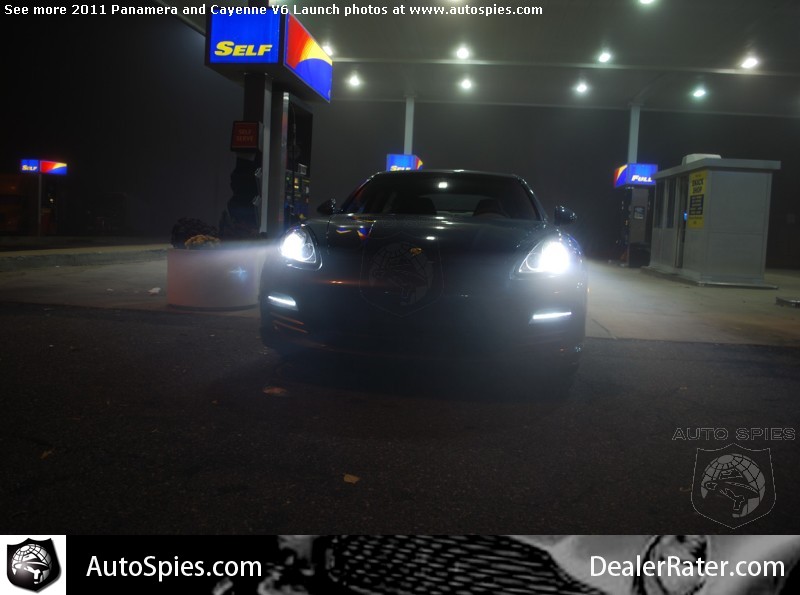

2011 Porsche Panamera Photo Gallery
2012 Mercedes-Benz CLS63 Photo Gallery
2012 Bentley Continental GT Photo Gallery
2012 Mercedes-Benz SLK-Class Photo Gallery
2011 Detroit Auto Show Photo Gallery